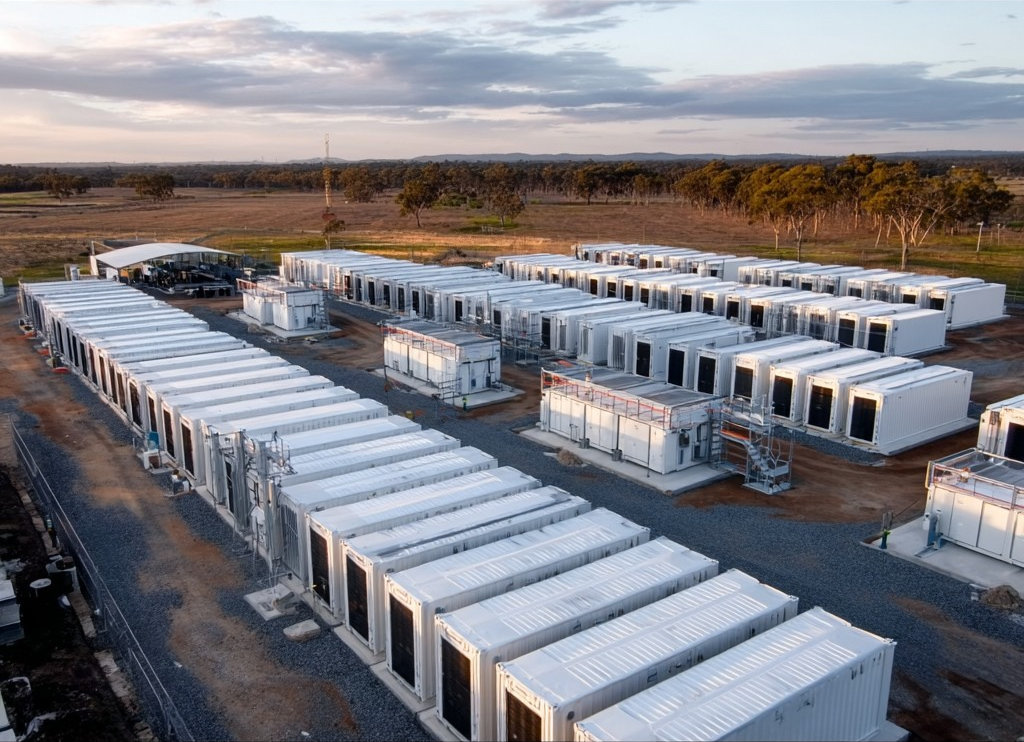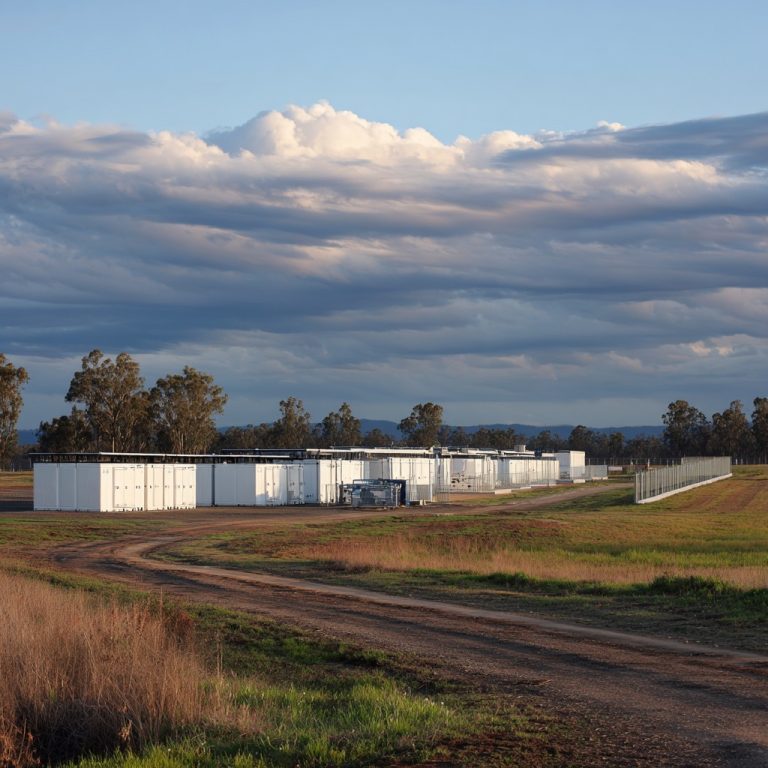How we assessed emerging storage technologies to support a more stable grid
As Australia accelerates its energy transition, long-duration energy storage (LDES) is emerging as a key enabler of a stable, low-carbon electricity grid.
As Australia accelerates its energy transition, long-duration energy storage (LDES) is emerging as a key enabler of a stable, low-carbon electricity grid. At the heart of Queensland’s gas-fired generation corridor, a pilot initiative was developed to explore how LDES technologies could help store energy for hours, or even days, and return it to the grid when needed most.
Located behind the meter at the Darling Downs Power Station, the concept explored two innovative battery chemistries: nickel hydrogen and liquid metal. The objective was to assess real-world performance, operational flexibility, and integration feasibility with existing infrastructure.
2
Pilot plants
Study explored two BTM 5 MW / 50 MWh LDES systems.
365
Cycles per year
Designed for daily full charge/discharge or indefinite standby.
5
Year lifecycle
Engineered for low maintenance and full performance.
Working closely with the energy operator, we delivered a comprehensive concept study to evaluate the feasibility of installing and operating two 5MW/50MWh pilot plants.
Each was intended to-serve as a dedicated testbed to understand the role emerging LDES systems could play in balancing Australia’s evolving energy needs.

Engineering a study for flexibility, integration, and reliability
A core focus of the study was ensuring that both proposed pilot plants could operate independently and continuously, importing and exporting power without restriction, while also offering standby capability for indefinite periods without degradation.
To meet this vision, the study outlined design pathways that would allow for:
- Up to 365 full energy cycles per year (0 to 1 cycle per day)
- Seamless remote monitoring and dispatch via integrated SCADA systems
- Minimal maintenance downtime and full lifecycle operability over five years
- Compliance with Australian standards, client specifications, and vendor datasheets
The engineering scope extended across electrical, civil, and control domains. The study included specification of battery management systems, HVAC, switchgear, DC systems, UPS, metering, electrical protection, and lightning protection. Civil components included bulk earthworks, structural platforms, access roads, and modular building design,all tailored to the existing site’s layout and remote location.

Solving for complexity in a pilot environment
Trialling new technologies within a live operating power station introduces unique constraints.
From hazardous materials handling to isolation protocols and fire protection, every element had to be assessed for compliance and safety.
Our team worked through:
- Hazardous area classification and control system logic
- Environmental discharge management and materials handling
- Commissioning, and testing methodologies,covering both functional and reliability performance
- Standby power demand calculations to ensure stable zero-cycle operation.
All recommendations were made under the ALARP (As Low As Reasonably Practicable) principle, embedding safety and operational risk mitigation into every phase of the concept.